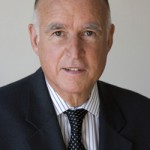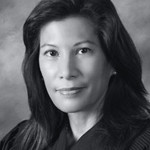That state auditor’s report illustrating free-spending ways for
California’s top courts officials has helped spark some reform. The
Courthouse News reports that “… in his first round of big changes to
California’s court bureaucracy, new director Martin Hoshino answered a
scathing report from the state auditor with a series of reforms that
included eliminating a lavish pension benefit for the top brass.
The CN adds that “the controversial perk was cut back in 2012 by Chief
Justice Tani Cantil-Sakauye, but top executives were still receiving
another 22% in pension contributions from public funds on top of their
salaries, including Chief Operating Officer Curt Childs, Chief
Administrative Officer Curt Soderlund and Chief of Staff Jody Patel.
The pension benefit for the top officials caught the attention of the
California State Auditor, who honed in on the perk in a scathing
report released in January after a nearly year-long investigation of
the bureaucracy, formerly known as the Administrative Office of the
Courts. The new director said the benefit would end July 1st.”
Read the CN story
here:http://www.courthousenews.com/2015/02/19/new-director-of-california-court-agency-cuts-perk-for-top-brass.htm of reforms that
included eliminating a lavish pension benefit for the top brass.
The CN adds that “the controversial perk was cut back in 2012 by Chief
Justice Tani Cantil-Sakauye, but top executives were still receiving
another 22% in pension contributions from public funds on top of their
salaries, including Chief Operating Officer Curt Childs, Chief
Administrative Officer Curt Soderlund and Chief of Staff Jody Patel.
The pension benefit for the top officials caught the attention of the
California State Auditor, who honed in on the perk in a scathing
report released in January after a nearly year-long investigation of
the bureaucracy, formerly known as the Administrative Office of the
Courts. The new director said the benefit would end July 1st.”
Read the CN story
here:http://www.courthousenews.com/2015/02/19/new-director-of-california-court-agency-cuts-perk-for-top-brass.htm


